Help your kids make a difference with these easy eco-friendly ideas for schools
Inspire your kids to make planet-protecting changes in their classroom!
Schools are busy places – and with so much going on, the planet is rarely a priority. But for many kids, saving the Earth is top of their list. Here’s how to turn that passion into easy eco-friendly ideas for schools, that give kids the tools to make positive change happen.
Why should kids push for change?
11-year-old Maddie Cameron is on a mission. The Year 8 student is going to help her schoolmates curb a rubbish problem on their playground.
“A lot of kids take their snacks out at break, but there aren’t any bins,” Maddie says. Kids are supposed to take this rubbish home, but some of it ends up on the ground. So, Maddie’s working with her parents, teachers and classmates to put recycling and rubbish bins on the playground.
Many kids are already doing their part to protect the planet through personal choices, like bringing a reusable water bottle to school, skipping plastic straws and putting paper scraps into the recycling bin.
But scientists agree that bigger structural changes are needed to combat environmental crises like climate change and consumption that, according to a research article published by the American Association for the Advancement of Science, is sending more than 90% of plastics into the bin.
That’s why schools might be the next place for kids to flex their leadership muscles to save the planet. And just like an adult who rallies their community to switch to clean energy, kids can have a huge impact by pushing their schools to be cleaner and greener.
“Students talking to students, forming a club or gaining the support of a champion adult at school truly is the best way for them to move an issue forward,” says Elizabeth Soper, senior director of education at the National Wildlife Federation. “If a student can show an adult that they have a true concern about an issue, it could be enough to gain some traction.”
How schools can help save the planet
Many schools are already taking action. In the USA, more than 500 schools have pledged to reduce their carbon footprint with the Green School Alliance, while 5,000 schools use the National Wildlife Federation’s Eco-Schools program, which helps schools become more sustainable. But conservationists say much more can be done.
Here in the UK, a report from The Waste and Resources Action Programme (WRAP) found that schools waste over 80,000 tons of food every year – about 60g per day for each student. And that’s not just wasteful. Every 450g of tossed food releases about 1.7kg of methane, a greenhouse gas, as it rots in a landfill.
Regular rubbish is a problem, too. A case study by the Minnesota Pollution Control Agency found that plastic flatware, portion bowls, wrappers and bags made up most of the waste in a school dining hall. And those items needed to be shipped, too, using over 700 boxes per year.
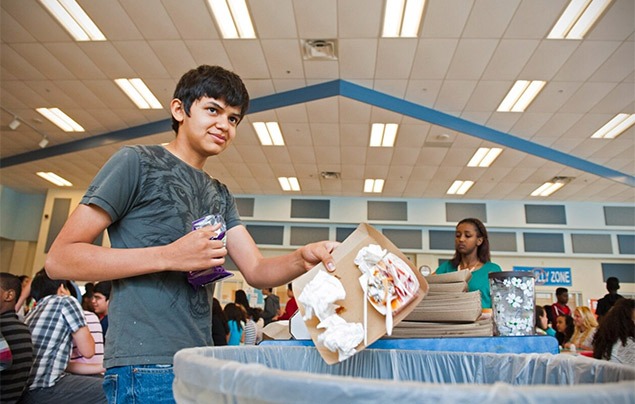
But kids are in a good position to lead change on these big issues, says Sarah Ward at the National Wildlife Foundation in the US. “Kid-led programs may be more effective because their peers might be more inclined to listen to their messages,” she says. “Plus, their solutions are often more creative than something an adult could come up with.”
And kids get an added benefit. Taking the lead on environmental issues can help kids feel less helpless and more empowered, says Kelly Harding, a manager with the Green Schools Alliance. This reduces eco-anxiety and promotes confidence, leadership and problem-solving skills.
“By providing kids with the tools to take direct actions, we can help them have a sense of agency and optimism in the process,” Kelly says.
How kids can change school policies
Are your children ready to shift something big in their classroom? Use this guide to help put their eco-friendly ideas for schools into action…
Help kids pick a passion.
If kids aren’t sure where to start, ask them to think through their school day. Do they notice a lot of unused food being tossed? Do they see tons of recyclable paper going into the rubbish instead of a recycling bin?
Or, if your child is wild about animals, start there. Research the problems facing their favourite species and see if anything connects back to their school. For example, giant pandas are losing habitat because of climate change – can the school save energy by turning off classroom lights and technology when not in use? Turtles sometimes die after they mistake plastic for food – can the school reduce its plastic waste?
All these eco-friendly ideas for schools show that kids are bursting with enthusiasm for making positive change. Coming armed with passion will help inspire adult allies to help.
Gather evidence.
Show your kids reliable sources to help them collect information about the problem. If they want to curb single-use plastic utensils at school, can they find information about how often these items wash up on a beach? Or what happens to the plastic in a landfill? They can start right here on the Nat Geo Kids website, with our article all about plastic pollution, our climate change explainer or our kids’ guide to saving the planet.
Brainstorm a solution.
Kids don’t need to have everything figured out, but Ward says coming up with a suggested solution will help start the conversation. Perhaps that means asking for compostable lunch packaging rather than plastic wrap, or swapping single-use plastic bottles for recyclable cans, refillable bottles and or even washable cups. “Usually that student voice is enough to begin a process of change,” she says.
Point them to adult allies.
Kids can’t change their schools’ policies on their own. That’s why Maddie’s first stop in her plan to clean up the playground will be the head teacher’s office. “They can make big changes happen because they’re in charge of the school,” she says. Kids should bring their evidence, solution and passion when they meet their ally.
Encourage them to get their classmates on board.
Help your kids recruit their friends into their eco efforts by encouraging them to start a club. Working together, the kids will make a bigger difference and have more fun.
Reading about the issues and discussing them together is a great place to start. With a subscription to National Geographic Kids magazine, curious young readers can learn all about our world’s amazing science, nature, history and culture – and find out how they can help save it. Plus, the monthly magazine is plastic-free, so it comes at no cost to our planet.
Once the group is established, try setting some challenges. Maybe the kids can host a waste competition to see which classroom can produce the least in a week, lead a tree-planting session to offset paper use or encourage their classmates to sign a petition.
Make their school routine eco-friendly
If your kid isn’t quite ready to launch their eco-friendly ideas for schools, that’s okay. They can still do plenty to green their own school routine.
Cut lunch waste.
If your kids take packed lunch, get them involved in planning, shopping for and packing their food into reusable containers the night before school. You can cut back on plastic waste, and since kids will be more likely to finish their meal because they helped make it, you’ll cut down on food waste, too. Here are some plastic-free snacks to get you started.
Be an environmental observer.
If your kid is more comfortable observing than leading, ask them to pay attention to things like whether classroom lights are turned off at the end of the day and during playtime, or if the room has a designated spot for recycling. After a few days, the child can then share their findings with their teacher and ask them to make adjustments.
Switch up your school transportation.
Studies from the Global Centre for Clean Air Research show that kids face three times more air pollution during school drop-offs than at any other times of the day. That’s partly because of queues of idling cars. So, if driving your kids to school is more about convenience than necessity, consider swapping in a walk, bike ride or car-sharing group for your family.
Harness your purchasing power.
Does your child really need a fresh set of school supplies this year? Do a deep dive into pencil bags and backpacks from previous years to see if you can find some of what you need without buying something new. (Here are some more tips to hack your back-to-school planning.)
Plan an after-school eco field trip.
Learning can happen beyond the classroom. Does your area have a stream nearby? Is there a forested path for a hike? A tree that’s been there forever? Helping kids recognise the natural spaces in your local area can help foster appreciation of Earth – and show them why they need to protect it.




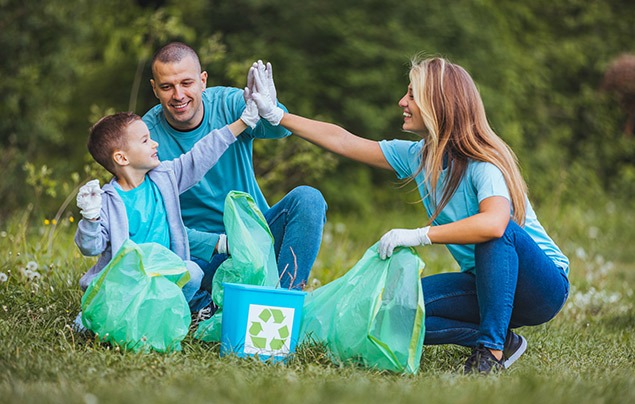
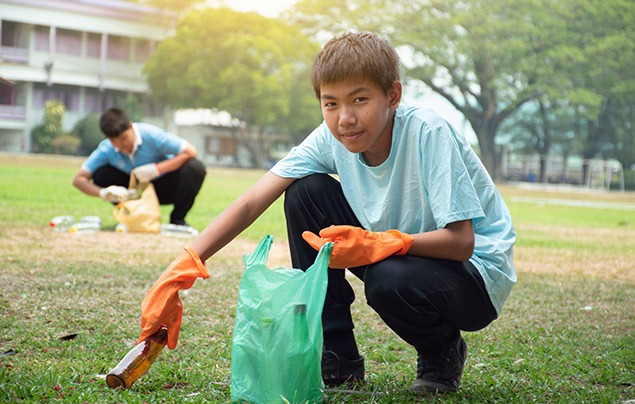
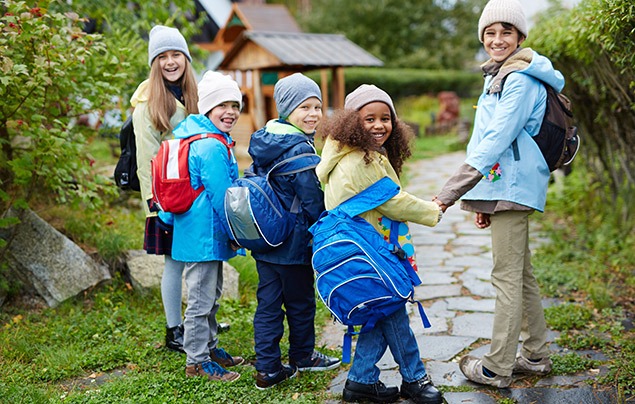
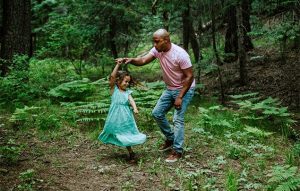
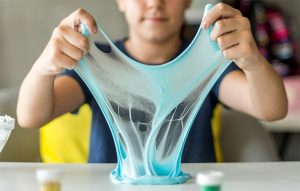
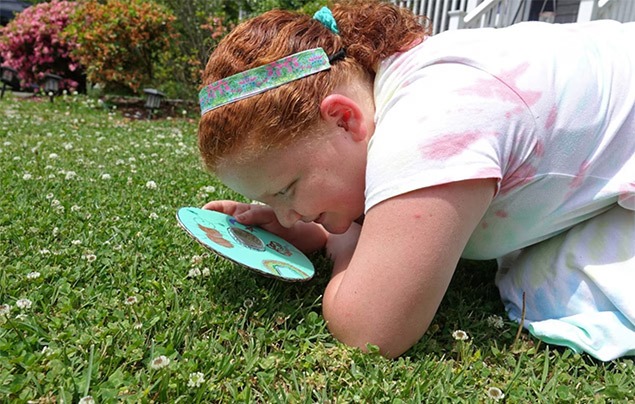
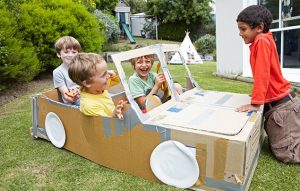




LEAVE A COMMENT
THANK YOU
Your comment will be checked and approved shortly.
WELL DONE,
YOUR COMMENT
HAS BEEN ADDED!
COMMENTS
CUSTOMIZE YOUR AVATAR